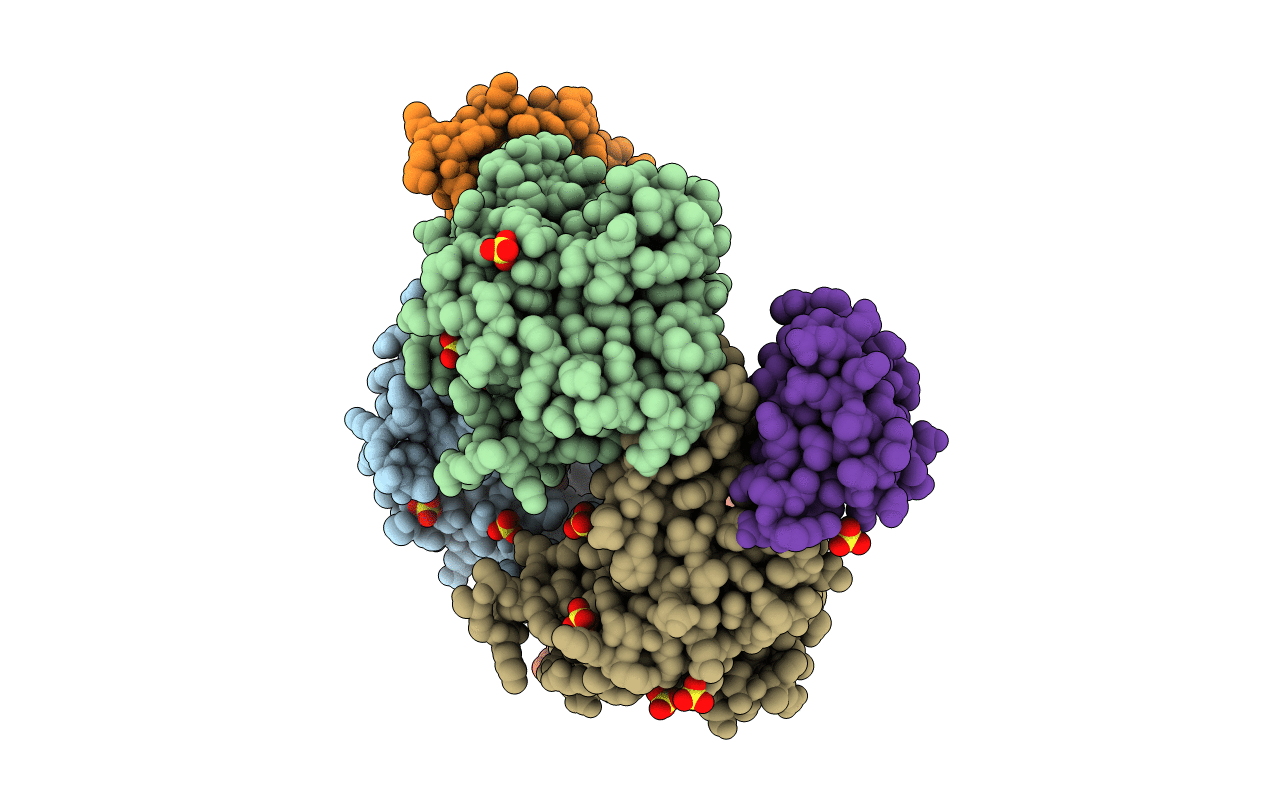
Deposition Date
2018-08-23
Release Date
2019-01-02
Last Version Date
2023-10-11
Entry Detail
PDB ID:
6M9K
Keywords:
Title:
Crystal structure of lambda exonuclease in complex with the Red beta C-terminal domain
Biological Source:
Source Organism:
Escherichia phage lambda (Taxon ID: 10710)
Host Organism:
Method Details:
Experimental Method:
Resolution:
2.30 Å
R-Value Free:
0.25
R-Value Work:
0.19
R-Value Observed:
0.19
Space Group:
P 31 2 1


